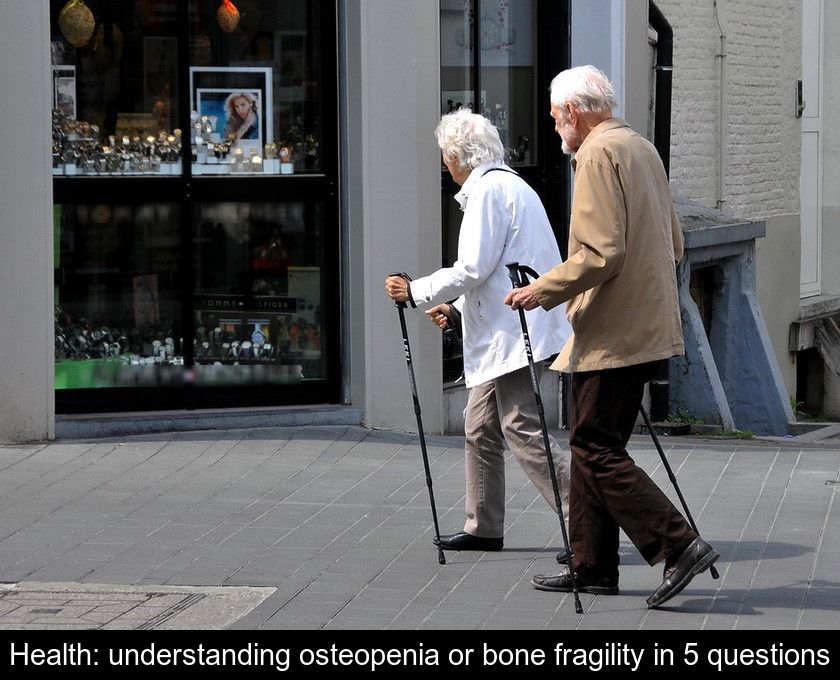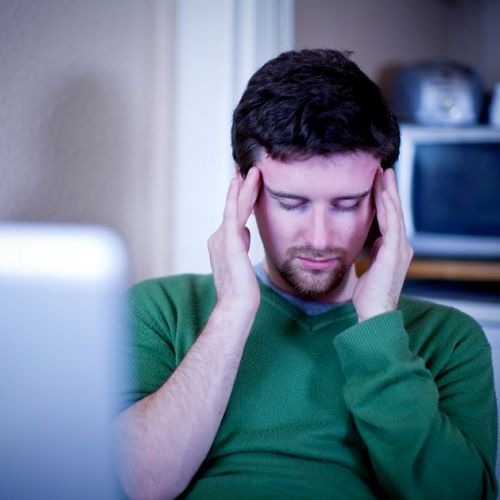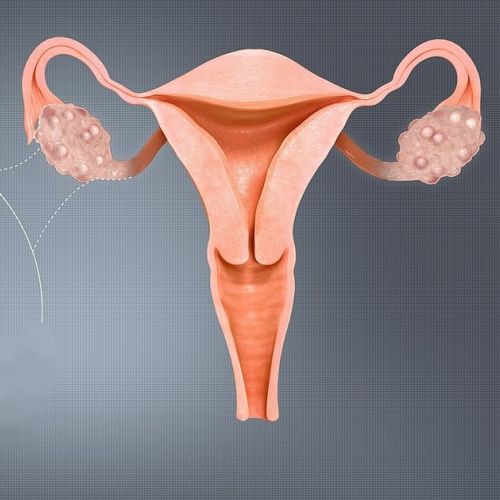Health: Understanding Osteopenia Or Bone Fragility In 5 Questions
Over time, our bones lose density and the risk of fracture increases. The deterioration of this bone capital is called osteopenia. If your bone density test has shown that you are at this stage before osteoporosis, you may be wondering what you can do to strengthen your bones. We'll take a look at 5 questions to help you understand osteopenia.
1- What is the difference between osteopenia and osteoporosis?
When you have a bone density scan to check your bone density, the results are given as a number called a T-score.
- If the T-score is greater than -1, your bone density is considered normal.
- If the T-score is between -1 and -2.5, your bone density is considered low and doctors refer to this as osteopenia.
- If the T-score is less than or equal to -2.5, doctors talk about osteoporosis being more or less severe.
Osteopenia refers to the stage that precedes osteoporosis. But unlike osteoporosis, it is not considered a bone disease.
2- Is osteopenia serious?
As the figures above show, osteopenia is less severe than osteoporosis.
This term refers to a loss of bone density that is not considered pathological but is part of our body's natural aging process.
If your bone scan showed this result, it only means that your bones are demineralizing and losing density.
This is a natural phenomenon that is not a disease in itself, but should be monitored to prevent your condition from deteriorating to the stage of osteoporosis.
This loss of bone density is even less serious because it is reversible. In fact, it is possible to take action to strengthen your bones at any age.
3- At what age does osteopenia appear?
In general, in individuals without specific risk factors, osteopenia is considered a natural phenomenon beyond age 50.
This loss of bone density affects one in two women and accelerates in the years after menopause because estrogen deficiency promotes bone demineralization.
The risk of bone fragility increases when menopause is early and occurs before age 40. This is particularly true for patients treated with hormone therapy to prevent breast cancer recurrence.
4- What are the risk factors for osteopenia?
The degradation of bone capital is first related to age. Over time, bone density decreases and bones become more fragile.
But aging is not the only risk factor for osteopenia. This loss of bone density is also promoted by:
- a body mass index or BMI lower than 19
- a vegetarian or vegan diet
- a history of eating disorders
- excessive consumption of alcohol or tobacco
- lack of physical activity
- a drop in estrogen due to menopause or post breast cancer hormone therapy
- taking certain medications such as steroids
5- How to treat osteopenia?
Although bone density loss is inevitable with advancing age, it is possible to slow this process to avoid reaching the stage of osteoporosis. Diet and lifestyle have a considerable impact on the rate of bone mass degradation.
From a very young age, a balanced diet that ensures an adequate supply of calcium and vitamin D, as well as regular physical activity, can help build up good bone mass. This advice is valid for children and teenagers but also for young adults between 20 and 30 years old.
From the age of 40 onwards, to prevent osteopenia or osteoporosis, you must take care to preserve the bone capital you have acquired, especially if you are a woman approaching menopause.
The main prevention measures are to:
- limiting your alcohol intake
- Quitting smoking ideally or limiting your tobacco use
- getting regular physical activity and fighting a sedentary lifestyle.
To strengthen bones, it is also recommended to play certain sports that work on flexibility and/or involve twisting, impact or loads (such as push-ups).
If your age and health do not allow you to participate in certain sports, consider gentler activities such as walking, yoga, gentle exercise or dance.
Finally, if your next bone density test shows that your bone degradation is accelerating, seek advice from your doctor. Osteopenia does not require treatment per se, but your GP may prescribe calcium and vitamin D supplementation.
A fracture suggestive of osteoporosis (occurring without major trauma) should also prompt you to consult.











